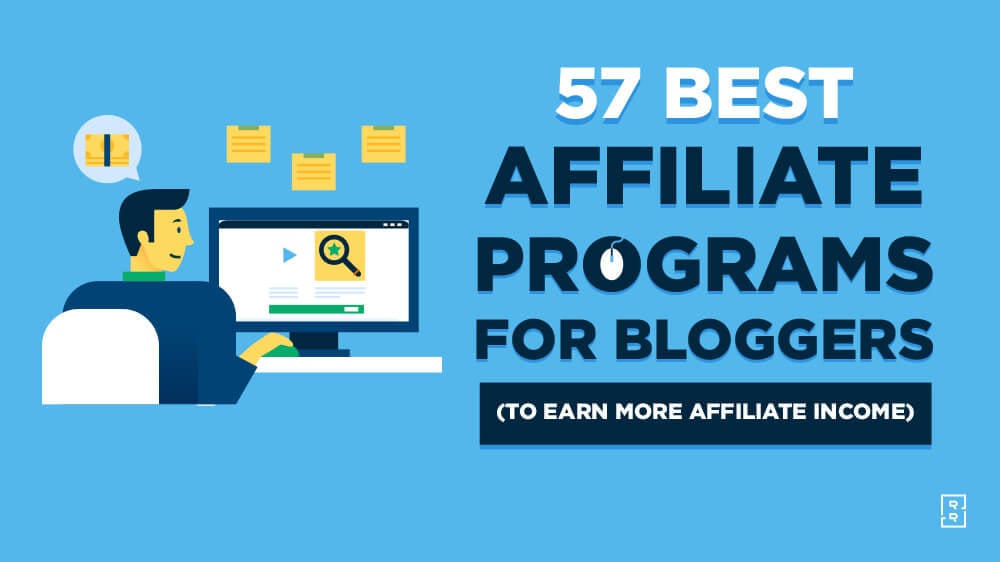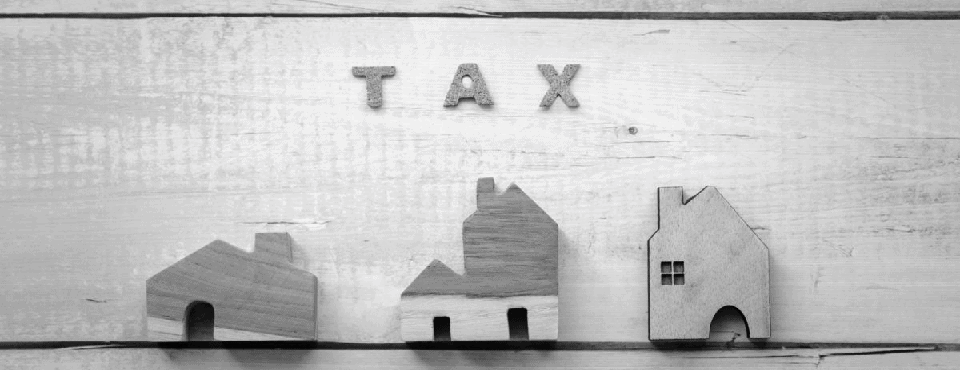Ever feel like a habit has more control over your wallet than you do? Simone did.
Smoking started as a casual thing, but before long, it was burning through his budget. Every pack of cigarettes wasn’t just costing him money; it was robbing him of the things he actually cared about.
He tried all the usual quitting techniques, but nothing stuck. The habit kept sneaking back in, messing with his goals and scattering his priorities like a ghost haunting his financial life.
But then, Simone made a bold decision: he refused to give smoking any space in his YNAB plan. No category, no room—just a firm line drawn between his priorities and the habit he wanted to leave behind. And that’s when things really started to change.
Reclaiming control
Simone’s journey with YNAB isn’t just about quitting smoking. It’s about reclaiming control and making sure his money goes toward what truly matters.
Instead of creating a category for smoking, he made a choice that was as simple as it was powerful: he refused to let smoking take up space as a category in his spending plan.
Whenever he spent money on cigarettes, it didn’t have a designated spot. Instead, that money came directly from other categories in his plan—his groceries, his fun money, even his beloved Pokémon collection. Each time he made that choice, he could clearly weigh his trade-offs.
Over time, he came to the powerful realization that smoking was literally stealing from the life he wanted to build.
.png)
This approach was brutally effective. By not creating a smoking category, Simone saw his habit for what it was: an intruder in his financial plan. It was like a ghost, haunting the rooms he had dedicated to the things that brought him joy. Smoking was an unwelcome guest, wreaking havoc in his carefully organized house.
Your “YNAB house”
Think about it this way: YNAB is like a house with a bunch of rooms, each one dedicated to something important. I’ve got a big board game room in my YNAB house, and Maddie has an entire floor for coffee with friends. If you walked through that house, you’d see what we value, because we’ve made space for those things.
But if you walked through Simone’s house, you wouldn’t find a smoking room. He didn’t want smoking to be part of his life, so he didn’t give it a space. By refusing to give smoking a category, it could only exist as an intruder. Every time he bought cigarettes, it was like a ghost barging into one of his rooms, scattering things around and disrupting his carefully planned priorities.
.png)
In a way, Simone didn’t just quit smoking; he evicted it from his life.
By refusing to give it a place in his YNAB plan, he was saying, “This isn’t who I want to be. I might slip up, but I won’t let this habit take space away from the things that actually matter.” Even when he struggled, the process kept him focused on the life he wanted—a life where smoking didn’t call the shots.
This experience got me thinking: spendfulness isn’t just about what you include in your spending plan—it’s also about what you leave out. Simone’s story makes me wonder if there’s something powerful about refusing to give space to the things that don’t align with your values.
So, what about you? What’s the “ghost” in your spendfulness plan? What’s sneaking in that doesn’t deserve a space? Maybe it’s time to kick it out and make more room for what really matters.
Try YNAB free for 34 days and learn how to prioritize what truly matters—so you can spend guilt-free on what you love.
YNAB IRL: Simone Delivers the Deets
In his own words, here’s how Simone used YNAB to quit smoking and reclaim his priorities.

“I started smoking at the age of 19 (2009), and for many years, I was smoking only on social occasions when I was around friends, but then it slowly became a solo activity. Even though I thought I could control it, smoking became a habit, especially during stressful times.
Two years after graduation (2017), I decided to move to London. I tried to save as much as possible, and I sold some of my stuff to put together enough money to survive in the UK for a month and give me enough time to find a job. Saving and smoking don’t go well together, so it was clear to me that I had to stop buying cigarettes. I didn’t succeed in stopping smoking back then, but I was able to reduce the quantity at times. It was quite mortifying buying a pack of cigarettes, as I knew I could really not afford it.
Once I moved to London, I found a job in about two weeks, and I started my new life in another country! New life but old habits!
This went on for about one more year until a friend introduced me to YNAB (2018). To be honest, at first, I didn’t know what I was doing. My first YNAB budget was a mess, and eventually, in the first few months, I was just tracking transactions rather than being proactive, though I quickly realized that I had to put my cigarette transactions somewhere—maybe even create a ‘Smoking’ category!
I kind of refused to do that because creating a ‘Smoking’ category was almost a way to allow me to spend on cigarettes, but I didn’t want that. I didn’t create a smoking category, so I was forced to charge other categories with my smoking spending: groceries, fun money, etc. Removing money from other categories got me thinking about how many opportunities I was wasting, how many things I was missing out on because of smoking.
That was a pivoting point for me, and so one day, I smoked a cigarette, and that was my last one. To me, that was not a big change just money-wise, but I think it had more impact on my relationship with myself and with my money.
I realized that YNAB is more than just a tool to manage my finances—YNAB is the tool that can help me reach my goals. When I’m [YNABing], I’m reminded of the key question: ‘What is important to you?’ and I think that makes so much difference.
I’ve been living in the UK for six years now (still not smoking!), and YNAB has definitely made it possible.”
Publisher: Source link











